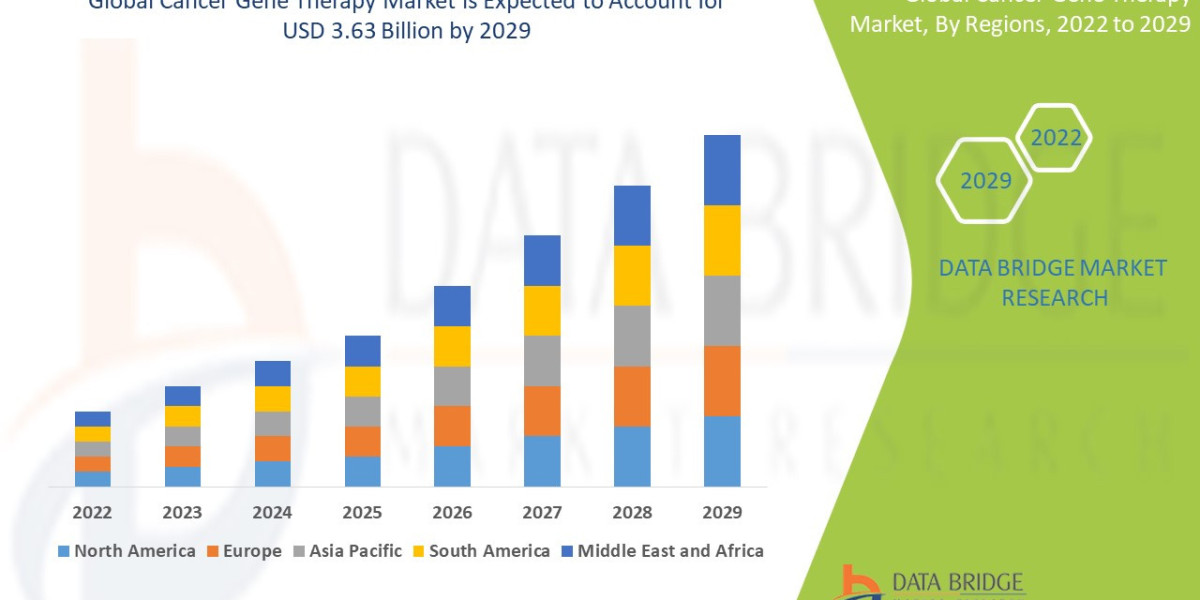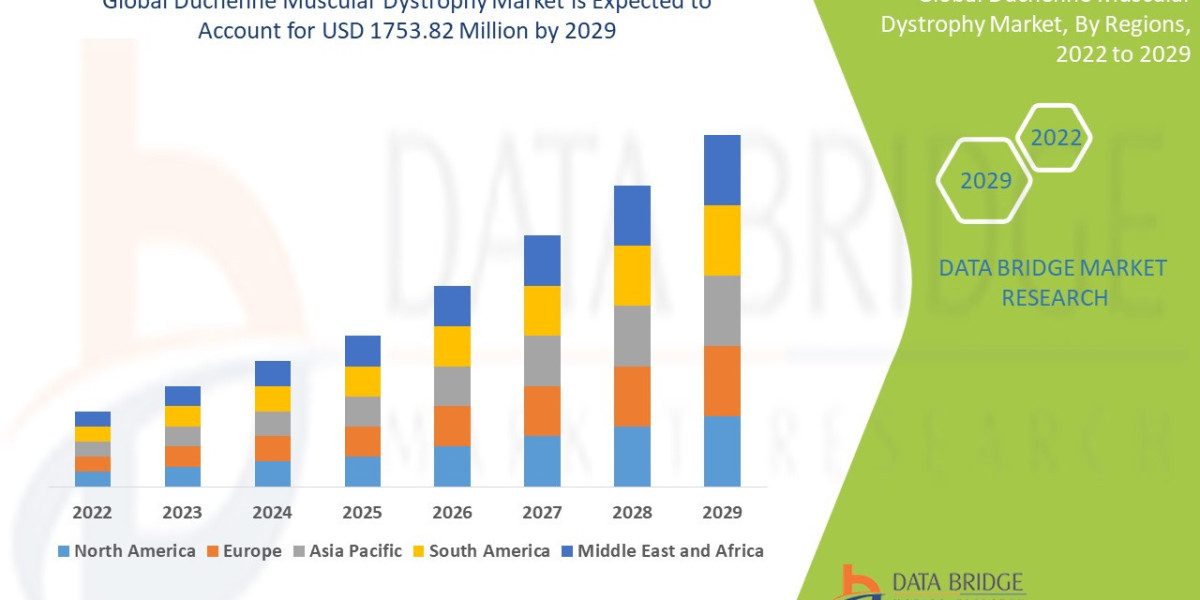Executive Summary
The gene expression analysis market size was valued at USD 4.22 billion in 2024 and is projected to reach USD 8.03 billion by 2032, with a CAGR of 8.36% during the forecast period of 2025 to 2032.
Market Overview
The Gene Expression Analysis (GEA) Market focuses on technologies and services used to measure the levels of messenger RNA (mRNA) and non-coding RNA (ncRNA) in a cell or tissue sample. These measurements reveal which genes are active, offering a dynamic view of the cellular state far beyond the static information provided by DNA sequencing alone.
Key Segments by Technology
The market is fundamentally segmented by the method used to detect and quantify gene transcripts:
Next-Generation Sequencing (NGS)-Based Technologies (Dominant and Fastest Growing): Includes RNA sequencing (RNA-Seq) and whole transcriptome sequencing. Offers unparalleled resolution, capacity for novel transcript discovery, and is the gold standard for comprehensive analysis.
Quantitative PCR (qPCR) (Workhorse Segment): Used for highly sensitive, targeted, and validated gene expression studies. It remains essential for clinical diagnostics, biomarker validation, and low-to-medium throughput analysis due to its speed and cost-effectiveness.
Microarrays: While facing decline in primary research, microarrays retain relevance in clinical settings and for high-throughput screening where the panel of genes of interest is well-defined.
Drivers and Current Dynamics
Core Market Drivers:
Rise of Precision Medicine: GEA is foundational for personalized diagnostics, identifying disease subtypes, and predicting a patient's response to targeted therapies (e.g., in oncology).
Increased R&D in Genomics and Proteomics: Massive investment by pharmaceutical companies and academic institutions into target identification, validation, and drug discovery processes relies heavily on gene expression data.
Advancements in Single-Cell and Spatial Biology: These innovative techniques provide unprecedented resolution by analyzing gene expression in individual cells or maintaining tissue context, driving the demand for specialized instruments and consumables.
Growth in Bioinformatics Tools: The increasing complexity and volume of sequencing data necessitate advanced computational tools for analysis and interpretation, creating a co-dependent market for software and services.
Current Dynamics: The market is rapidly converging toward solutions that offer high throughput, low sample input requirements, and deep integration of advanced bioinformatics. The competition focuses intensely on cost-per-sample and the simplification of complex sequencing workflows.
Market Size & Forecast
The gene expression analysis market size was valued at USD 4.22 billion in 2024 and is projected to reach USD 8.03 billion by 2032, with a CAGR of 8.36% during the forecast period of 2025 to 2032.
For More information visit https://www.databridgemarketresearch.com/reports/global-gene-expression-analysis-market
Key Trends & Innovations
The current innovation cycle is defined by pushing the limits of resolution (single-cell) and preserving spatial context in tissue.
1. The Dominance of Single-Cell and Spatial Transcriptomics
Single-Cell RNA Sequencing (scRNA-Seq): Allows researchers to understand cell-to-cell heterogeneity within complex samples (e.g., tumors), revealing rare cell types and novel signaling pathways. This trend is leading to huge demand for instruments (e.g., 10x Genomics systems) and analysis software.
Spatial Transcriptomics: The newest frontier, which maps gene expression within the tissue context, enabling the study of interactions between cells and their local environment, critical for understanding tumor immunology and developmental biology.
2. Digital PCR (dPCR) for Absolute Quantification
Digital PCR is gaining traction for its ability to provide absolute quantification of nucleic acid targets without reliance on a standard curve. This makes it invaluable for applications requiring extreme sensitivity, such as monitoring Minimum Residual Disease (MRD) in cancer and quantifying rare transcripts in liquid biopsies.
3. Artificial Intelligence and Machine Learning in Data Analysis
The sheer volume (terabytes) of data generated by NGS and scRNA-Seq experiments is unmanageable without sophisticated algorithms. AI/ML tools are becoming essential for:
Deconvoluting complex single-cell datasets.
Identifying novel patterns (biomarkers and drug targets).
Reducing data processing time, accelerating the transition from raw data to actionable insight.
4. Direct RNA Sequencing
Traditional RNA-Seq converts RNA to cDNA before sequencing. Newer direct RNA sequencing technologies (e.g., Oxford Nanopore) eliminate the cDNA conversion step, providing direct information about RNA modifications (epitranscriptomics), leading to more complete and less biased data.
Competitive Landscape
The market exhibits a highly concentrated structure dominated by a few integrated instrument manufacturers, alongside a competitive field of specialized reagent and software providers.
Major Players and Strategic Strategies
Integrated Instrument Manufacturers (e.g., Illumina, Thermo Fisher Scientific): These companies leverage their foundational position in sequencing platforms (NGS and qPCR). Their primary strategy is vertical integration, offering complete, closed-system workflows from sample preparation to sequencing, generating high revenue through consumables and reagent lock-in.
Specialized Workflow Innovators (e.g., 10x Genomics, NanoString Technologies): These firms specialize in revolutionary technologies (like single-cell and spatial analysis). Their strategy is niche disruption, focusing on superior biological insights that NGS alone cannot provide, creating new, high-growth market segments.
Software and Bioinformatics Providers (e.g., QIAGEN, various pure-play startups): These players are crucial for interpretation. Their competitive edge lies in algorithmic superiority and ease-of-use, turning complex data into clinically relevant reports.
The competitive advantage increasingly lies not just in the hardware's throughput but in the seamless integration of instruments with proprietary bioinformatics tools that automate the path from sequence data to biological conclusion.
Regional Insights
Market adoption rates reflect R&D expenditure and the maturity of clinical genomics programs across major regions.
North America (Technology Adoption and Clinical Translation Leader)
Performance: The largest market globally, characterized by massive funding from government bodies (NIH) and pharmaceutical R&D spending. The region is the earliest and most aggressive adopter of scRNA-Seq and spatial technologies.
Opportunity: Strong clinical demand, driven by well-defined reimbursement policies for advanced diagnostics in oncology and rare diseases.
Europe (Strong Academic and Translational Research Base)
Performance: The second-largest market, with robust activity driven by leading academic centers and large, collaborative consortia (e.g., EU-funded genomics projects). Adoption is high, particularly in the UK, Germany, and France.
Opportunity: Increasing focus on pharmacogenomics and biomarker validation for clinical trials is driving demand for validated, high-sensitivity qPCR and targeted NGS panels.
Asia-Pacific (APAC) (High Growth Potential)
Performance: The fastest-growing regional market, propelled by increasing government investments in genomics (especially China, Japan, and South Korea) and the rapid establishment of biobanks and personalized medicine initiatives.
Opportunity: Significant room for expansion as the rising prevalence of chronic diseases and increasing healthcare expenditure fuel demand for clinical diagnostics and local drug discovery efforts. The initial demand is often for cost-effective benchtop sequencing solutions.
Challenges & Risks
Despite the market's strong trajectory, several key barriers limit broader adoption and clinical integration.
1. Data Analysis and Bioinformatics Bottleneck
The biggest practical challenge is not generating the data, but analyzing it. Interpreting petabytes of gene expression data requires specialized bioinformatic expertise, which is often scarce and expensive. This analysis bottleneck slows down the pace of discovery and clinical translation.
2. Standardization and Reproducibility
A lack of standardized protocols for sample collection, preparation (especially for single-cell), and data processing across labs leads to issues with reproducibility. This is a major hurdle for gaining regulatory approval for diagnostic tests, which demand robust validation across multiple sites.
3. High Capital Investment for Equipment
While the cost per base pair has dropped, the initial capital outlay for high-throughput sequencers, single-cell instruments, and the necessary computational infrastructure remains high, limiting adoption by smaller laboratories and non-specialized clinical facilities.
4. Ethical and Regulatory Complexity
The use of patient-derived gene expression data, particularly in personalized medicine, raises complex ethical questions regarding data privacy and consent. Regulatory bodies are still working to establish clear, unified guidelines for the clinical use of rapidly evolving sequencing technologies.
Opportunities & Strategic Recommendations
The transition from research tool to clinical utility defines the next decade of opportunity in the GEA market.
Strategic Recommendations for Stakeholders
Invest in Fully Automated, End-to-End Solutions: Manufacturers must prioritize developing platforms that automate sample prep, sequencing, and primary bioinformatics analysis into a single, user-friendly workflow. Simplifying the workflow mitigates the bioinformatics expertise barrier and accelerates clinical adoption.
Focus on Clinical Validation and Regulatory Clearance: For diagnostics-focused startups, the key is achieving CLIA/CAP accreditation and FDA clearance for assays. Partnering with established diagnostic companies accelerates this validation process and provides immediate access to clinical testing volume.
Monetize Bioinformatics as a Service (BaaS): Companies that can offer high-quality, AI-driven data interpretation services (BaaS) that are platform-agnostic can unlock significant recurring revenue. This addresses the analysis bottleneck directly and provides higher margins than instrument sales alone.
Target Translational Medicine Centers: Strategic focus should be placed on institutions bridging research and clinical care. Offering tailored GEA solutions for drug target validation and biomarker monitoring in clinical trials positions the company at the inflection point of therapeutic development.
Browse More Reports:
Global Clostridial Diseases Market
France Aluminum Pigments Market
Global Optical Spectrum Analyzer Market
Asia-Pacific Rice Husk Ash Market
Global Rugged Smartphones Sensors Market
Global Protein Labelling Market
North America Laminated Busbar Market
Global Behavioral Health Care Software and Services Market
North America Topical Corticosteroids Market
Global Dairy Desserts Market
Europe Genetic Testing Market
Global Tissue Banking Market
Global Xylose Market
Global Pulmonary Embolism Market
Middle East and Africa Healthcare Logistics Market
Middle East and Africa Rowing Boats and Kayaks Market
Europe Unmanned Ground Vehicle Market
Global Unidirectional Tapes Market
Global Voice Termination Market
Global Plant-Based Milk Market
Global Ion Milling System Market
Europe Hydrographic Survey Equipment Market
Global Wind Turbine Pitch System Market
Global Industrial Vehicles Market
Europe Data Integration Market
Asia-Pacific Fuse Market
Global Non Hodgkin Lymphoma Market
Global Dairy Flavours Market
Global Immune Health Supplements Market
Global Bone Conduction Hearing Aids Market
North America Plastic Compounding Market
About Data Bridge Market Research:
An absolute way to forecast what the future holds is to comprehend the trend today!
Data Bridge Market Research set forth itself as an unconventional and neoteric market research and consulting firm with an unparalleled level of resilience and integrated approaches. We are determined to unearth the best market opportunities and foster efficient information for your business to thrive in the market. Data Bridge endeavors to provide appropriate solutions to the complex business challenges and initiates an effortless decision-making process. Data Bridge is an aftermath of sheer wisdom and experience which was formulated and framed in the year 2015 in Pune.
Contact Us:
Data Bridge Market Research
US: +1 614 591 3140
UK: +44 845 154 9652
APAC : +653 1251 975
Email:- corporatesales@databridgemarketresearch.com








